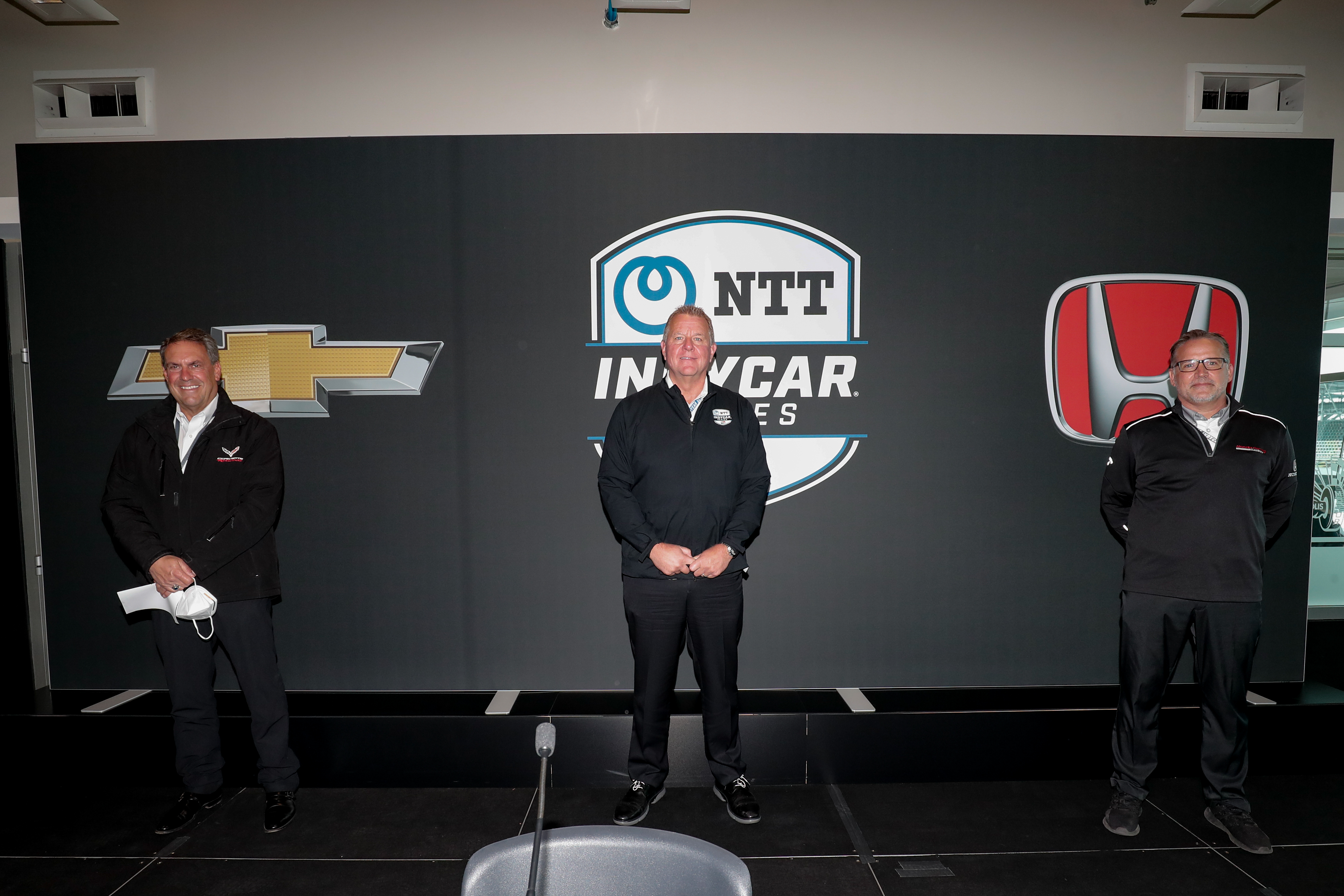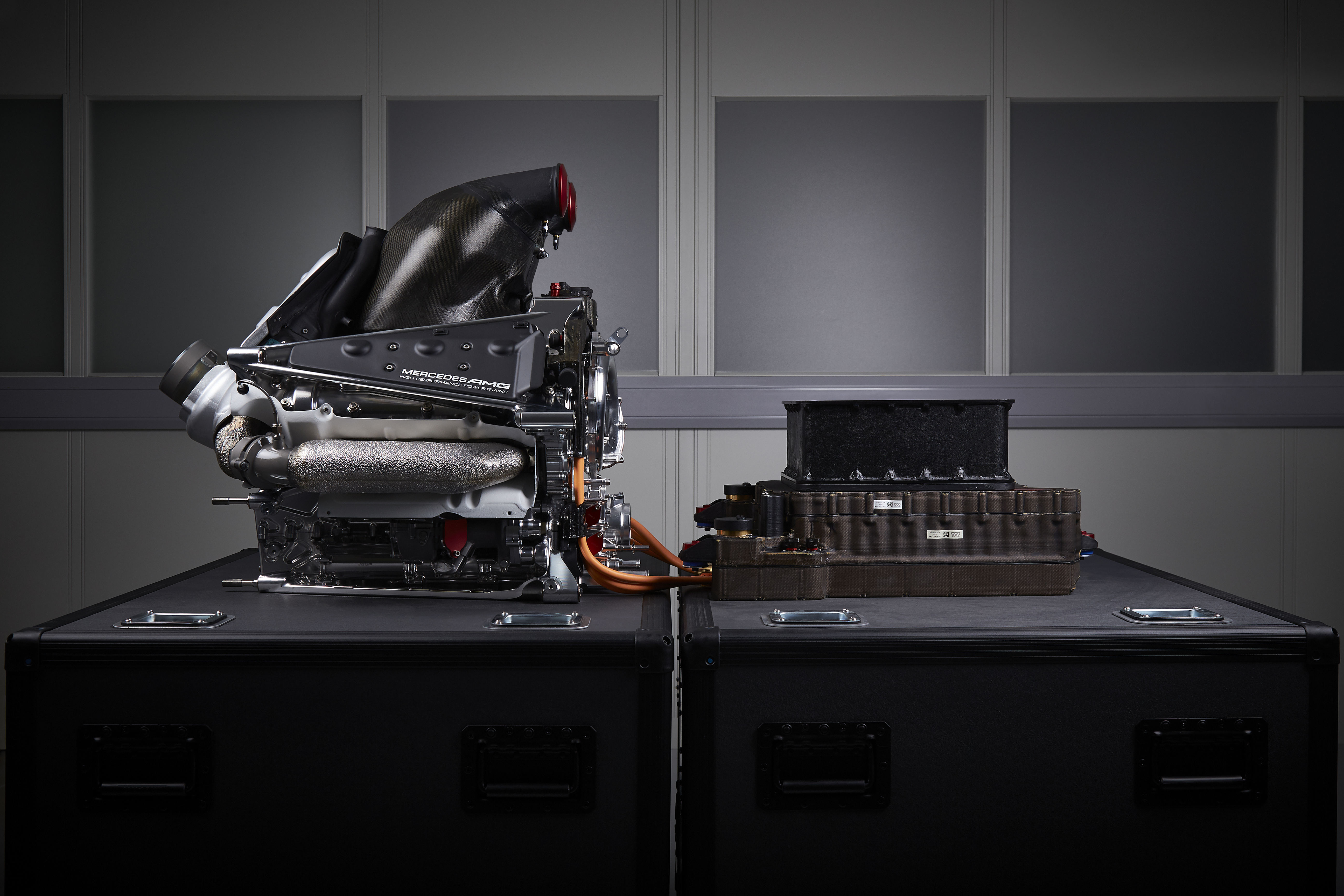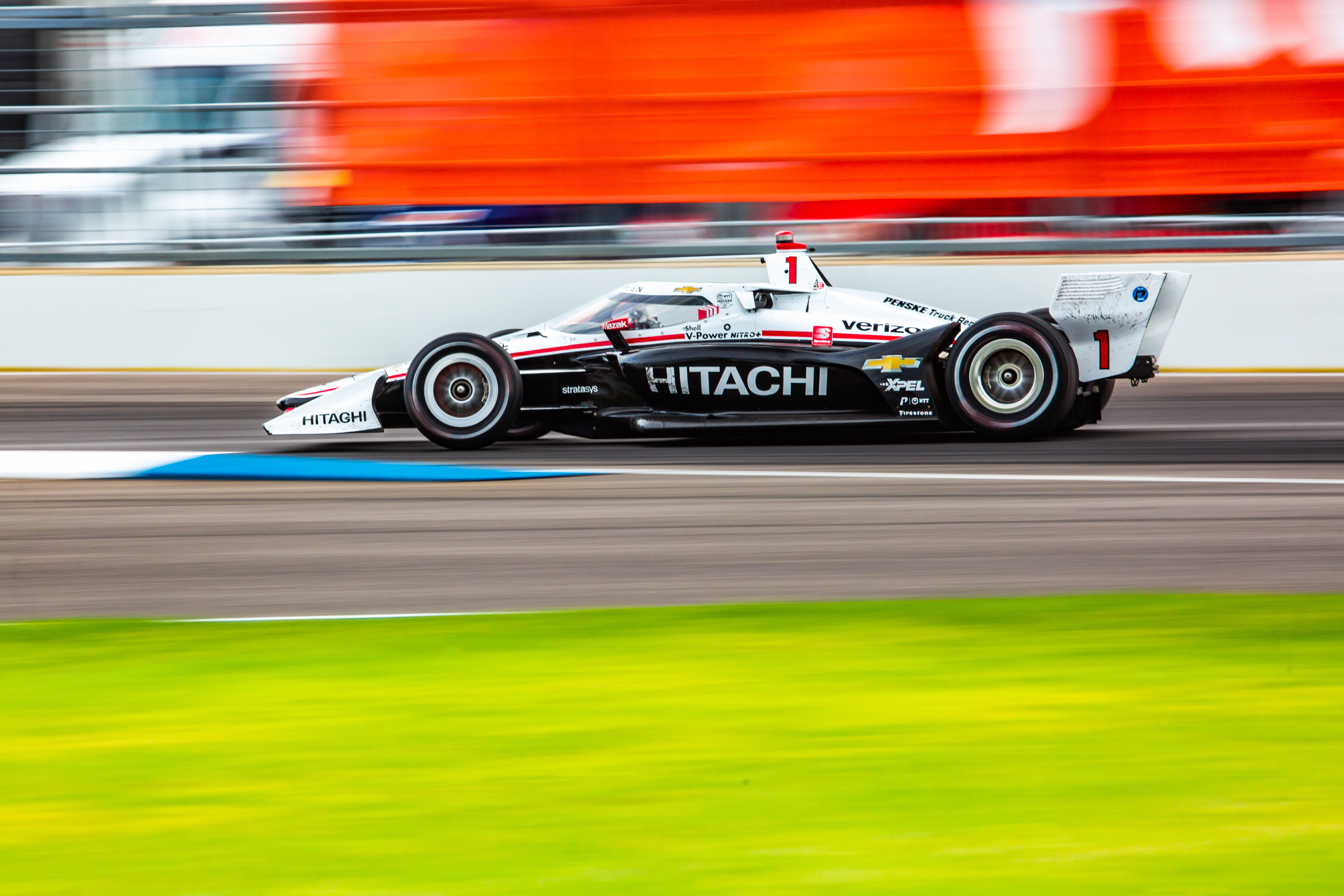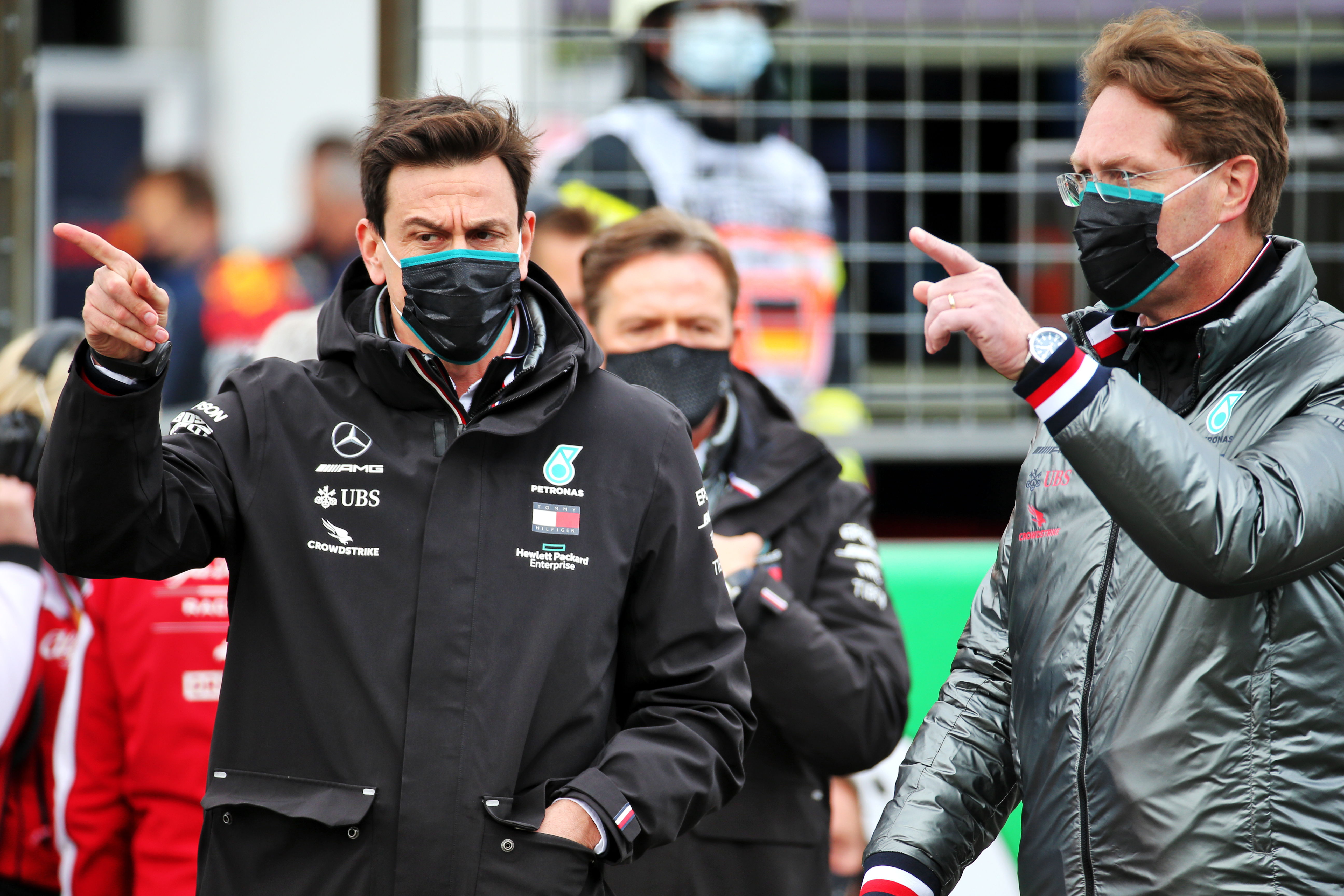Up Next

With IndyCar’s main manufacturers, Chevrolet and Honda, both producing hybrid cars, it’s a no-brainer it has switched to that formula for the 2023 season. Attracting another manufacturer likely depends on it.
But introducing a 900bhp hybrid isn’t a silver bullet and IndyCar must learn lessons from F1’s mistakes in its engine formula.
Simply, it all comes down to cost and remembering the fundamental reason why it’s being done.
Let’s start with that fundamental reason. Ultimately, if it was most people’s job in motorsport, every series would run with a V8, V10 or V12 that sounded pretty much like anything from F1 in the 1990s and early 2000s. The noise is one of motorsport’s most attractive and alluring features to fans.
However, many series have moved away from that because the car industry has. Hybrid, full electric, hydrogen and variations of them are the present and the near future. That means to stay relevant and keep the conveyor belt of factory involvement in motorsport going, it’s logical for the big series to follow the car industry’s trend, even if it’s not what fans want.

Unfortunately though, it’s not just as simple as switching to one of these propulsion methods. It’s even more important – and this is where F1 got it wrong – to promote this technology and just how good it is, properly.
It’s been a semi-regular soundbite from F1 team bosses in recent years, and perhaps the best of the lot, Toto Wolff, has been the most outspoken on the topic.
“With the hybrids it was an engineering exercise, what kind of fantastic hybrid engine can we actually develop?” says Wolff.
“And we didn’t realise that we would have a fantastic engine with today more than 50% thermal efficiency, that doesn’t exist in any other sport.
“We started to message around it in 2014 with the chief Bernie [Ecclestone] that this is really all not good for Formula 1 and the noise is not enough. And somehow you can’t sell your product by talking negative about it.
“So, we’re still lacking the messaging that these engines are fantastic hybrid technology.”
The fact is, beyond the odd random post on their websites and social media, the teams – self-admittedly – have not advertised the value and brilliance of their tech enough. People are still focused on its lack of noise, rather than the incredible good that has come from it.

Take one of those posts from Mercedes’ website. It states that battery energy recovery has gone up from 39% in 2013 to 96% in 2018. The battery storing that energy has gone from 107kg to 20kg.
That’s without even going anywhere near how efficient the fuel is and the gains that have been made in that department.
This is where IndyCar must succeed where F1 has failed. Honda is already well established in the hybrid market in America and Chevrolet has the Spark model, soon to be joined by a bonkers Corvette C8 hybrid in 2023 just in time to match the new IndyCar regulations.
The naturally aspirated C8 is already on the market and revolutionary as the model’s first mid-engined foray. A mid-engined hybrid Corvette is certainly a disconnect from what you might imagine as ‘the norm’. Even if it’s believed that Chevy wasn’t as blood thirsty for hybrid as Honda was, it certainly seems to fit.

With some in America still debating whether climate change is real or not, and driving fuel thirsty pick-ups and SUVs, you could argue that it is even more critical for IndyCar, and the teams and drivers within it, to promote its new hybrid technology properly. The same goes for NASCAR, which is set to go hybrid from 2022 but more likely in 2023.
The second element to the lessons IndyCar needs to learn from F1 is cost.
Shortly after Honda announced it would pull out of F1 for 2022, its American division confirmed it would stay in IndyCar for its new rules in 2023. Some people have suggested this is a damning move against F1 and in favour of IndyCar.
In truth, Honda America is a semi-autonomous body which is capable of making its own marketing and advertising decisions. While the timing of the two announcements suggests otherwise, it was merely ‘serendipity’ as Honda’s Ted Klaus put it.
The F1 engine development came at such an enormous cost that it felt the money was best placed reallocated into its electric car programme, and understandably so without any F1 cost cap on engine development, despite recently introducing one for team budgets.
The IndyCar engine development is going to be a fraction of the cost of an F1 engine programme. For starters it looks like the plan is still to have a standard bolt on kinetic energy recovery system unit chosen by the series. Last year it was widely reported that it was evaluating 10 suppliers to fulfil that role.
That means, aside from a slightly larger displacement, the main challenge for Chevy and Honda will be mating the standard hybrid unit to their own engine, and keeping it cool under heavy duress.
What the series must do is take Honda’s F1 withdrawal as a lesson. Had its F1 costs been lower, there’s a chance it may have stayed.
IndyCar must now strive to keep the costs as low as possible. Limiting engine development during and between seasons will be key to keeping the costs manageable. Neither Chevrolet or Honda have called for a cost cap on engine development or made it a criteria for re-signing beyond 2023, so you have to feel they are happy with where the cost to develop the engine is at.
Asked about costs during the IndyCar announcement of the hybrid units for 2020, series president Jay Frye said: “Well, any time we do anything, economics matter in a big way, especially with the teams and our manufacturer partners, so that’s one of the criteria data points that we’ll look at as we go forward on what it does cost, how it works, how we spread it out over a long runway now, which actually helps.
“So cost matters, and that will be a big factor in what we do going forward.”

Alright, so he wasn’t going to come out during the announcement and say exactly what the engine is going to cost…
Perhaps GM president Mark Reuss’s opening comments give an interesting insight.
“Under the leadership of Jay and his team, IndyCar has made great progress while keeping costs largely under control, which allows many teams to participate and results in excellent competition,” he said.
“That’s good news for the series and for the fans.”
I feel for Frye. He’s fighting – in a horrible business climate due to the pandemic – to get a new engine though and to add a third manufacturer to produce engines, while also trying to get a new chassis date and implementation agreed on. All while trying to bow to the team’s requests and reduce costs.

But the costs really should be a priority – especially with the potential for a third manufacturer coming onboard. It’s something even Mercedes – six going on seven times manufacturer champion in a row with a power unit the free spending rules have allowed it to achieve – wants addressed in F1.
“They [power units] are much too expensive,” says Wolff, and he’s definitely not alone in the F1 paddock with other team bosses quoted similarly.
“So we need to introduce a spending cap for power units, that’s clear, like we’ve done on the chassis side, in order to make it more sustainable and in order to attract other OEMs in the future.”
A third manufacturer is an indirect way to lower costs to release the burden of Honda and Chevrolet to provide engines for 33 cars at Indianapolis and 22+ for the rest of the year. That’s why it’s such a focus of the series and why it’s a shame talk of Ferrari joining appears to have gone cold.
But IndyCar has made some smart moves since Roger Penske took over the championship. Keeping costs down for the next engine cycle and advertising how good these hybrid power units can do and how they are intrinsic with attracting and keeping manufacturers, which fans need to understand is the big picture thinking.






